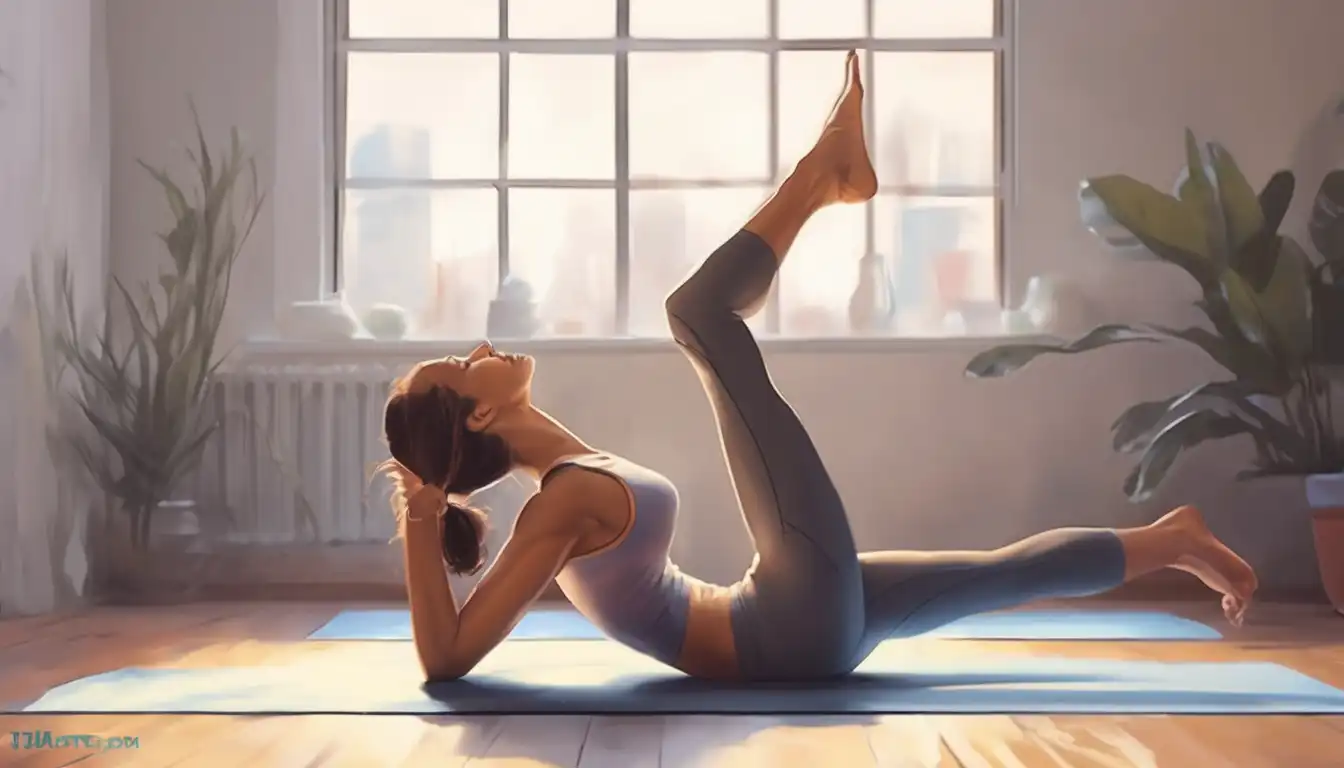Unlock Your Body's Potential: Essential Stretches for Flexibility and Relaxation
In today's fast-paced world, maintaining flexibility and finding moments of relaxation are more important than ever. Whether you're an athlete looking to improve performance or someone seeking relief from daily stress, incorporating the right stretches into your routine can transform your physical and mental well-being. This comprehensive guide covers the most effective stretches designed to enhance flexibility while promoting deep relaxation.
Why Flexibility and Relaxation Matter
Flexibility isn't just for gymnasts and dancers—it's crucial for everyone. Improved flexibility enhances your range of motion, reduces injury risk, and alleviates muscle tension. When combined with relaxation techniques, stretching becomes a powerful tool for stress reduction and overall wellness. Regular stretching can help combat the negative effects of sedentary lifestyles and improve your quality of life.
Essential Stretches for Full-Body Flexibility
1. Standing Hamstring Stretch
This fundamental stretch targets the back of your thighs, which often become tight from prolonged sitting. Stand with feet hip-width apart, extend one leg forward with heel on the ground and toes pointing up. Gently lean forward until you feel a stretch in your hamstring. Hold for 30 seconds and switch sides. This stretch is perfect for improving lower body flexibility and can be incorporated into your daily stretching routine.
2. Child's Pose for Back and Shoulders
Kneel on the floor, sit back on your heels, and fold forward until your forehead touches the ground. Extend your arms forward or rest them alongside your body. This restorative pose releases tension in your back, shoulders, and hips while promoting mental calmness. It's an excellent stretch to practice before bedtime for better sleep quality.
3. Seated Spinal Twist
Sit on the floor with legs extended. Cross one foot over the opposite knee and gently twist your torso toward the bent knee. This rotation stretch improves spinal mobility and digestion while relieving lower back tension. Hold for 20-30 seconds on each side, breathing deeply throughout.
4. Butterfly Stretch for Hip Opening
Sit with soles of your feet together and knees bent outward. Gently press your knees toward the floor while keeping your back straight. This stretch targets the inner thighs and hips, areas that often hold tension from sitting. For deeper relaxation, lean forward slightly while maintaining the position.
5. Neck and Shoulder Release
Gently tilt your head to one side, bringing your ear toward your shoulder. Hold for 15 seconds, then switch sides. Follow with shoulder rolls forward and backward. This simple stretch is particularly beneficial for those who spend long hours at a desk and can be part of your office wellness program.
Advanced Stretches for Greater Flexibility
Pigeon Pose for Deep Hip Release
Start on all fours, bring one knee forward toward the same-side wrist, and extend the opposite leg back. Keep your hips square and gently lower yourself toward the floor. This advanced stretch provides deep release for the hip flexors and glutes, areas crucial for overall flexibility.
Downward-Facing Dog
This classic yoga pose stretches the entire posterior chain. From a tabletop position, lift your hips upward, forming an inverted V-shape with your body. Press your heels toward the floor and relax your head between your arms. This full-body stretch improves flexibility while calming the nervous system.
Creating Your Stretching Routine
Consistency is key when working toward improved flexibility. Aim to stretch at least 3-4 times per week, holding each stretch for 20-30 seconds. Always warm up with light movement before stretching, and never push to the point of pain. Remember that flexibility gains happen gradually—patience and persistence will yield the best results.
Breathing Techniques for Enhanced Relaxation
Combine your stretching with proper breathing to maximize relaxation benefits. Practice deep diaphragmatic breathing: inhale slowly through your nose, expanding your belly, and exhale completely through your mouth. This breathing pattern activates the parasympathetic nervous system, promoting a state of calm that complements your stretching efforts.
When to Stretch for Optimal Results
The timing of your stretching sessions can impact their effectiveness. Many experts recommend dynamic stretching before workouts and static stretching afterward. However, dedicated flexibility sessions can be done any time of day. Some people find morning stretches help prepare for the day, while evening sessions promote relaxation before sleep. Experiment to discover what works best for your body and schedule.
Safety Considerations and Common Mistakes
While stretching is generally safe, proper technique is essential. Avoid bouncing during stretches, as this can cause muscle strain. Never stretch cold muscles—always warm up first. Listen to your body and respect its limits. If you have existing injuries or medical conditions, consult with a healthcare professional before beginning any new stretching regimen. For more detailed guidance, explore our stretching safety guidelines.
Incorporating Stretching into Your Lifestyle
Making stretching a habit doesn't require hours of commitment. Start with just 10-15 minutes daily and gradually increase as you become more comfortable. Consider pairing stretching with other activities you enjoy, such as listening to music or practicing mindfulness. Many people find that combining stretching with their existing fitness routines helps maintain consistency.
The Mind-Body Connection
Remember that flexibility and relaxation are interconnected. As you become more physically flexible, you may notice increased mental flexibility and reduced stress levels. The practice of stretching mindfully—paying attention to sensations and breathing—can become a form of moving meditation that benefits both body and mind.
By incorporating these stretches into your regular routine, you'll not only improve your physical flexibility but also cultivate a greater sense of relaxation and well-being. Start slowly, be consistent, and enjoy the journey toward a more flexible, relaxed you.
